Cyborg overreview: Startup makes me an "ultrahuman"
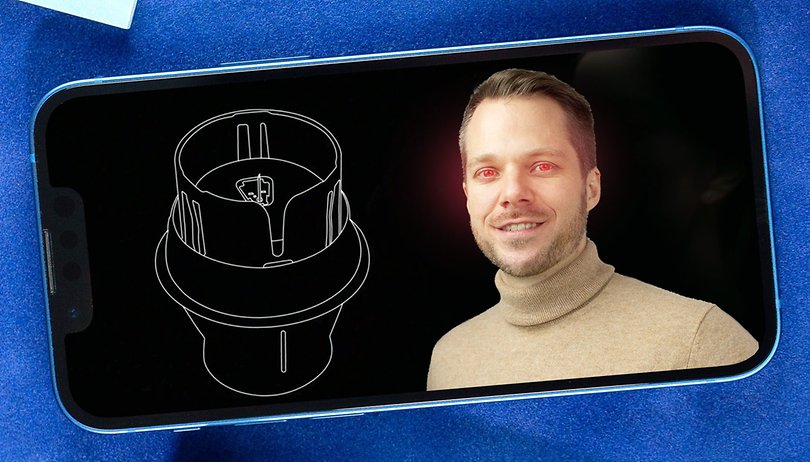

Ultrahuman calls its customers "cyborgs", selling them sensors that measure glucose from the interstitial tissue via a small hair-like flexible filament just under the skin on a continuous basis. The readings are supposed to revolutionize the nutrition and fitness industries. NextPit spoke with CEO and founder Mohit Kumar to find out more.
Is the banana a healthy snack, yes or no? Proper nutrition is a very broad subject even at second glance. For some people, a banana causes blood sugar levels to rise at an imperceptible level, while for others, they shoot through the roof. On the other hand, it's exactly the other way around with cookies for some, as an Israeli study of nearly 47,000 meals shows.
But if all the nutrition guides are just approximations: How do you get your diet on track? This is an important question especially when, to make matters worse, the reaction to certain foods depends not only on the person's body, but also on its state during the day. For instance, sleep quality or the level of stress.
One promising approach is to continuously measure blood glucose levels. Rumors of an Apple smartwatch with a glucose sensor are not older than the Apple Watch itself for nothing. But even in 2022, optical measurement of blood glucose levels is still several years away from being viable in a commercial device.
- These are the best Apple and Android smartwatches of 2022 (unfortunately, none of them come with a glucose sensor).
Ultrahuman is taking a different approach by transforming its customers into cyborgs. The Indian startup relies on commercially available sensors from the medical sector to continuously measure blood glucose levels, and evaluate and display the results via an app.
The sensors are hidden in a flat sensor that has the diameter of an espresso cup, which can be worn continuously for two weeks at a time as a patch. And now for the hair-raising part: After the sensor is stuck, a small needle will shoot into your tissue at the push of a button and remains embedded for the entire duration of wear. The good news? I will try it out for you soon.
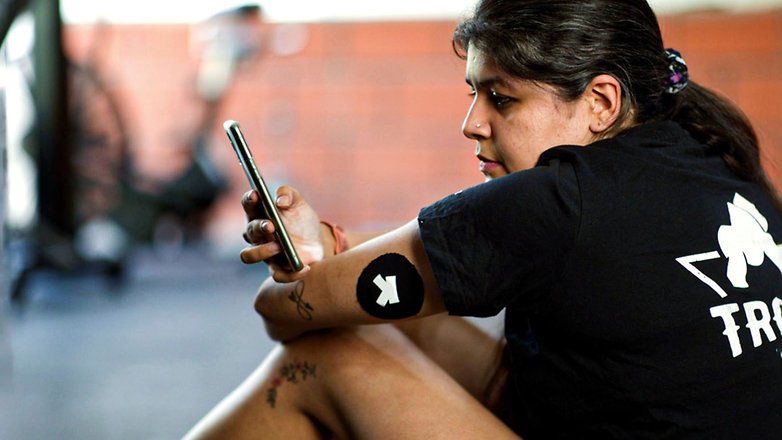
Why use blood glucose as a metric?
Sugar, or more precisely, glucose, is the primary energy source of our body. If sugar is not supplied directly as such, the body obtains it more or less quickly from the food we eat or from the body's various reserves. Our cells use glucose to produce ATP, which in turn makes our muscle fibers contract. A high blood glucose level means that we have a lot of energy available at the moment, while a low blood glucose level makes us feel listless, both physically and mentally, because the brain also requires sugar to function.
This is exactly where Ultrahuman comes in and wants to go one step further from so-called precision nutrition - i.e. from the individually-tailored nutrition plan for the body. CEO Mohit Kumar wants to enable his users to prepare themselves perfectly with the appropriate blood sugar level depending on the upcoming activity, or perhaps to react to the effects of a sumptuous meal.
From precision nutrition to precision lifestyle
While a blood glucose level between 70 and 110 mg/dl is ideal for everyday life, the body also offers increased performance at 80 to 140 mg/dl. And depending on the type of sport, a different kind of preparation is also preferable. For a short, intense HIIT session, for instance, values above 110 mg/dl are ideal, which can be achieved by using a pre-workout drink with short-chain carbohydrates. During a long-distance run, on the other hand, the level should be trending at a lower figure, but should be replenished slowly and continuously through appropriate nutrition.
In many sports, it has long been part of everyday life to keep athletes at maximum performance through precisely coordinated nutrition at exactly the right time. When Real Madrid players can still deliver an extreme level of performance in the final minutes of a game, it's not just luck or a mental masterstroke, but also science. Ultrahuman, for example, works a lot with Muay Thai athletes in India.
For amateur athletes, the right blood glucose level at the right moment may not send them all the way to the Champions League final, but it is also beneficial to their health. During a long-distance run, for example, fluctuating blood sugar levels due to improper supplementation causes insulin spikes and oxidative stress, Mohit Kumar informed NextPit.
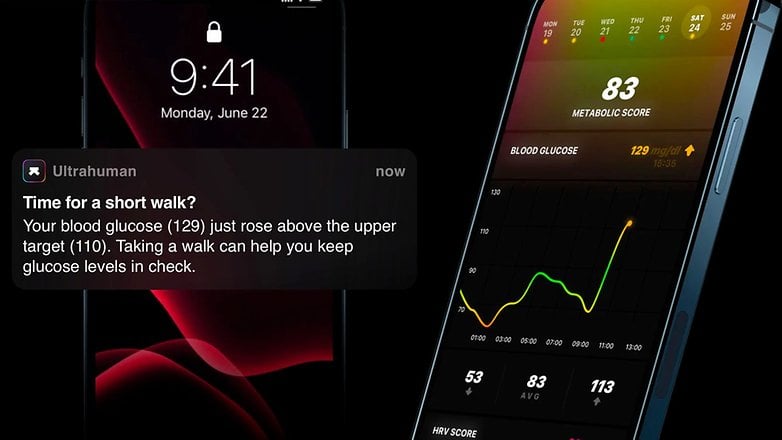
Ultrahuman and the "lazy" company.
I originally became aware of Ultrahuman not through the app or its sensors, but through the acquisition of another company: LazyCo. The Indian startup specializes in simplifying everyday tasks through wearables by banking on the fact that we are all lazy. Now how does that fit with Ultrahuman's cyborgs?
According to Mohit Kumar, the case is clear: Everyone wants to be fit, but in addition to strenuous sports sessions, they also want to meticulously log their lives. The collection of body data is to take place unobtrusively in the background. In the future, not only through the use of a needle in the arm, but also through a wearable on the wrist, for example, which can measure heart rate variability, skin temperature or sleep quality that will enable Ultrahuman to capture a more complete picture of the user's metabolism.
Speaking of which, Mohit Kumar also claims that blood sugar is far from the end of the line: By the end of the year, Ultrahuman hopes to have access to sensors for ketones (measuring metabolic flexibility), lactate (capturing anaerobic threshold) and alcohol, at least by on an individual basis. All three sensors, like the one for blood glucose, would function in an invasive manner.
A recent study from Germany showed how far-reaching the effects of our lifestyle are, where your choice of lifestyle pattern can make a difference of up to another 17 years of life. Anyway, I'm currently waiting feverishly for my own sample of the Ultrahuman M1, although I'm looking forward to the needle in my arm with mixed feelings. You can read about my first impressions of life as a cyborg in the coming weeks and months on NextPit. What else would you like to know? What segment interests you?








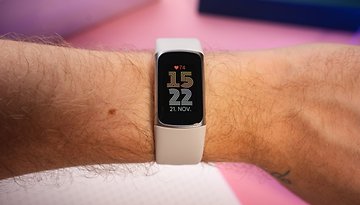

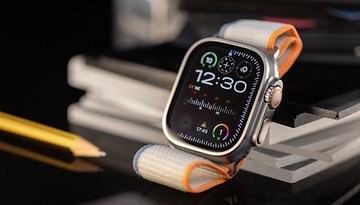
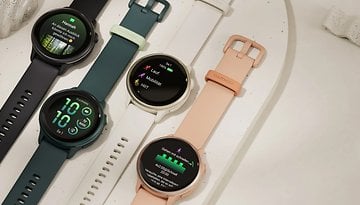








The assumption is that we know the right things to look for and track. While we know many things about how our bodies work, I don't think we've really got a handle on it at a meaningful level for this to work effectively yet.
I think for the current level of tech, waste monitoring is probably more effective and simpler.